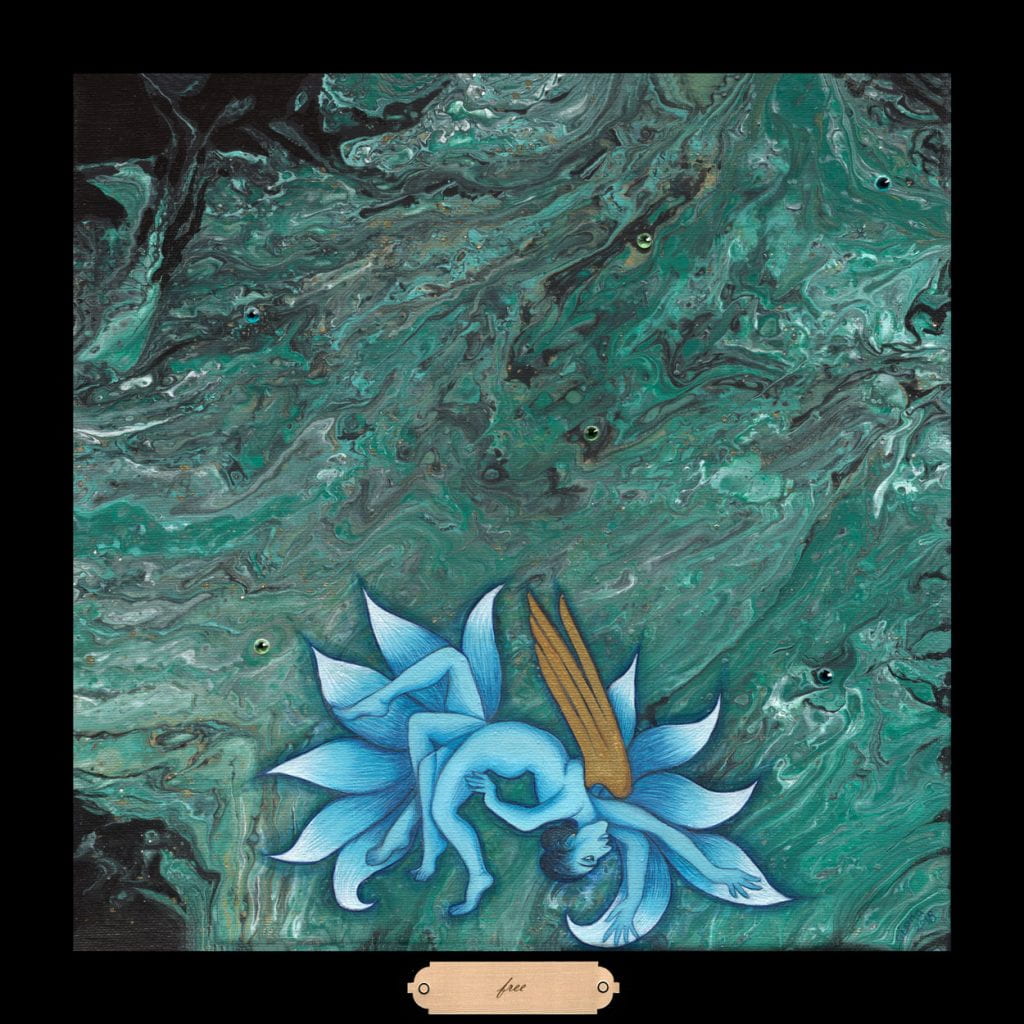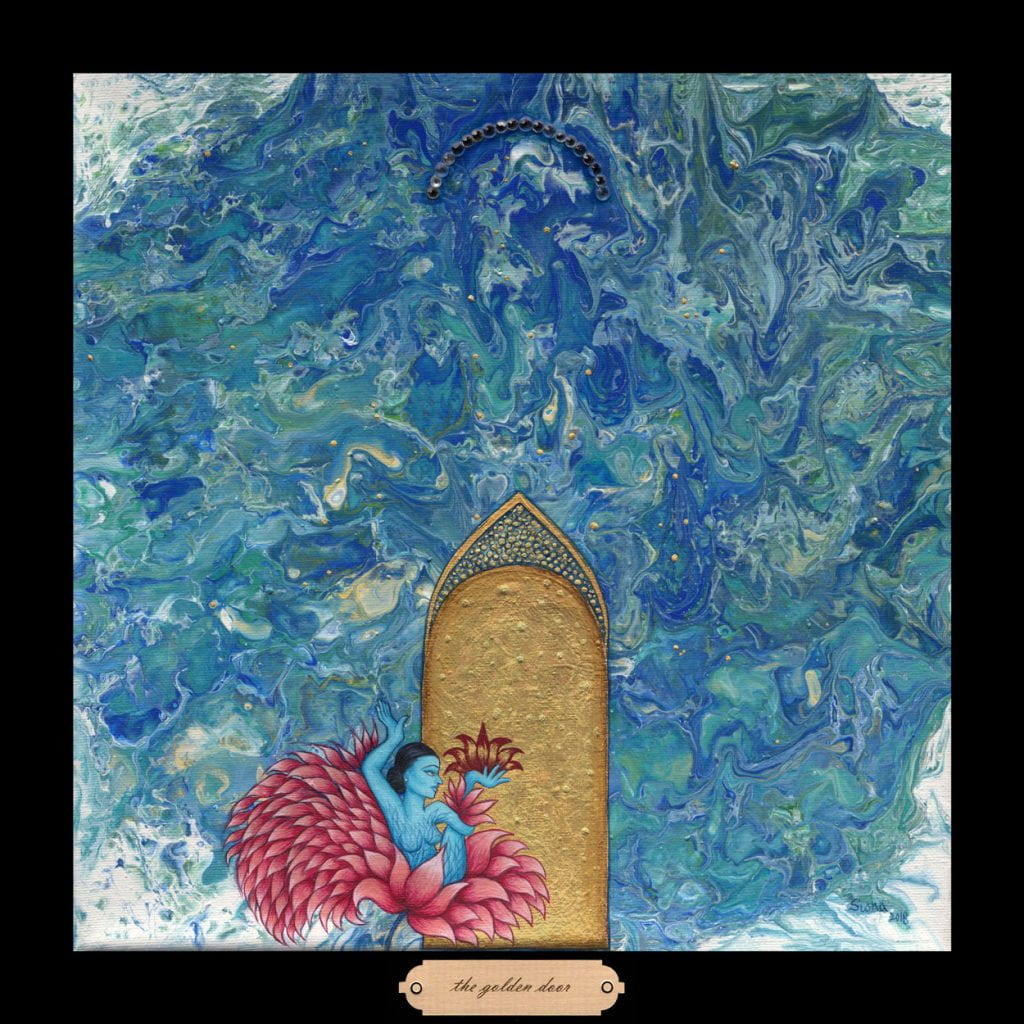—Benjamin Webster
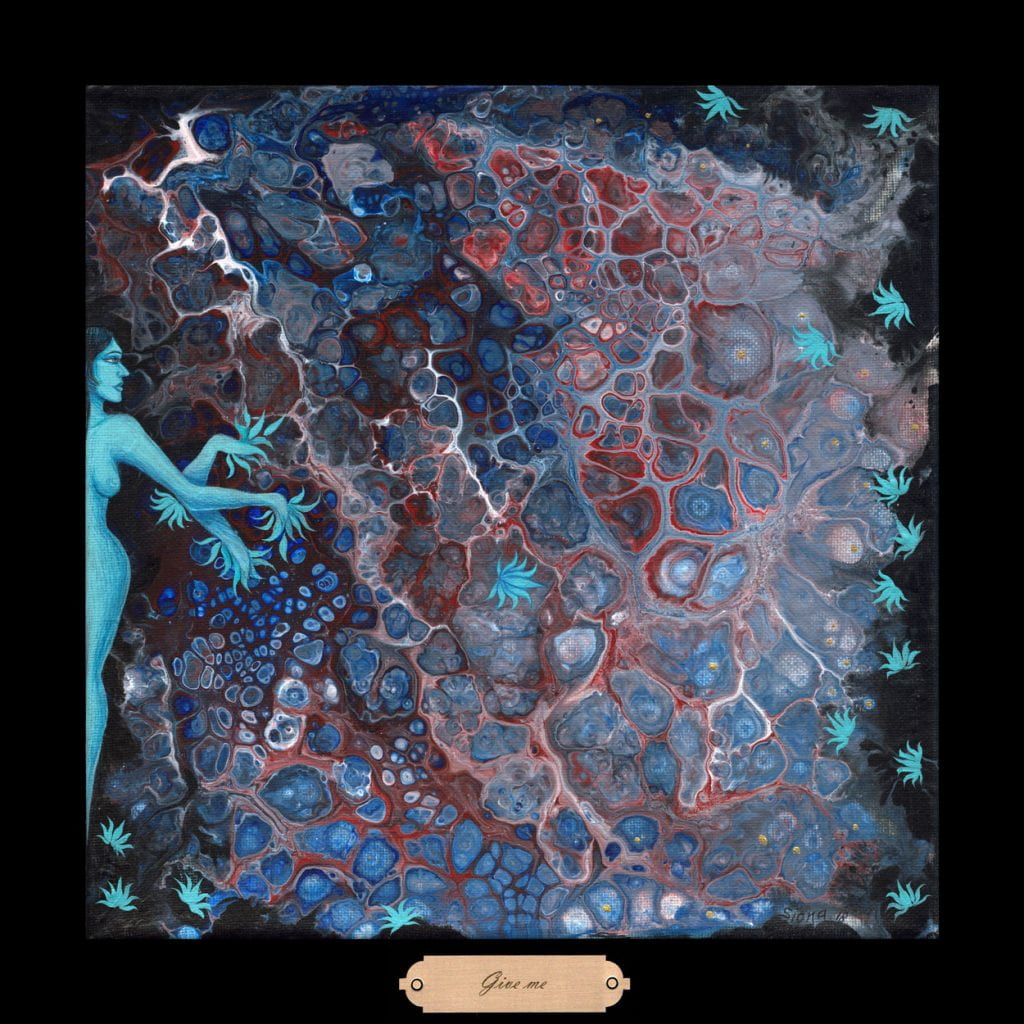
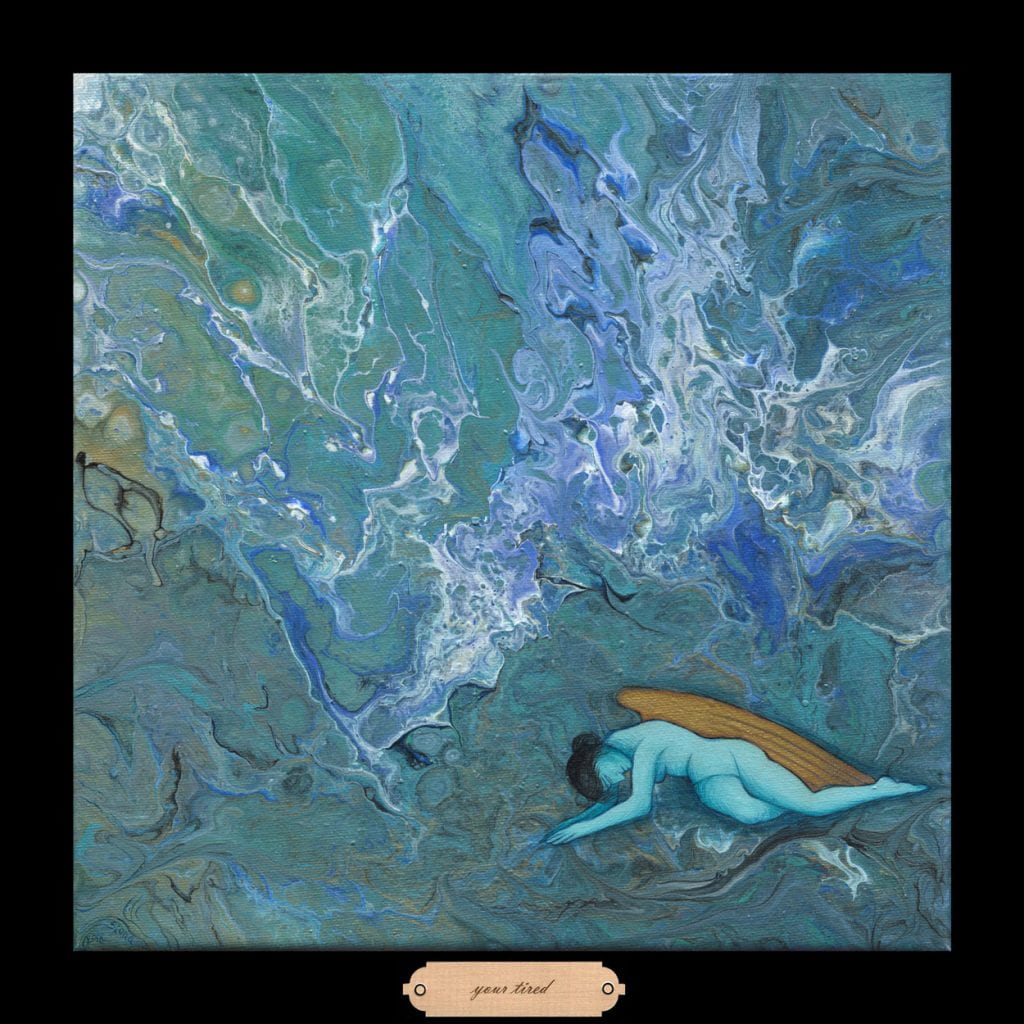
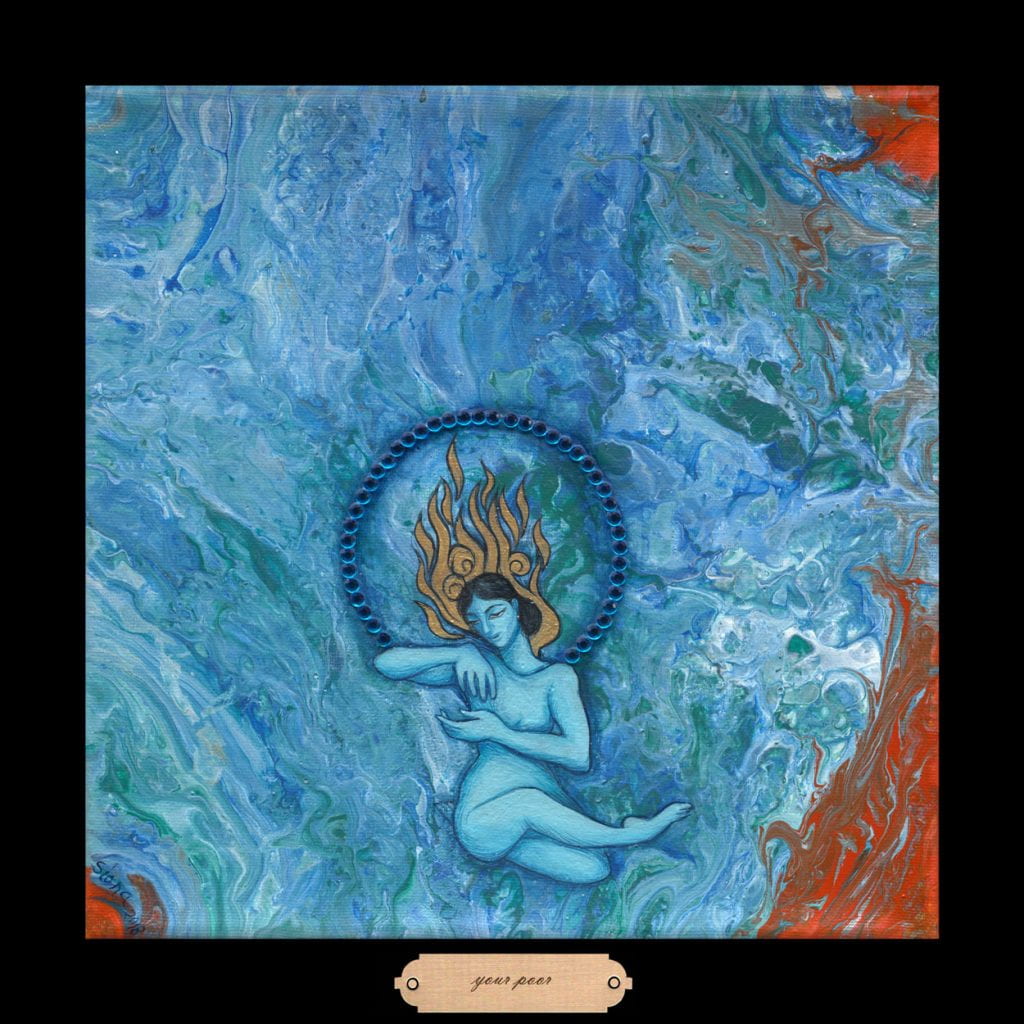
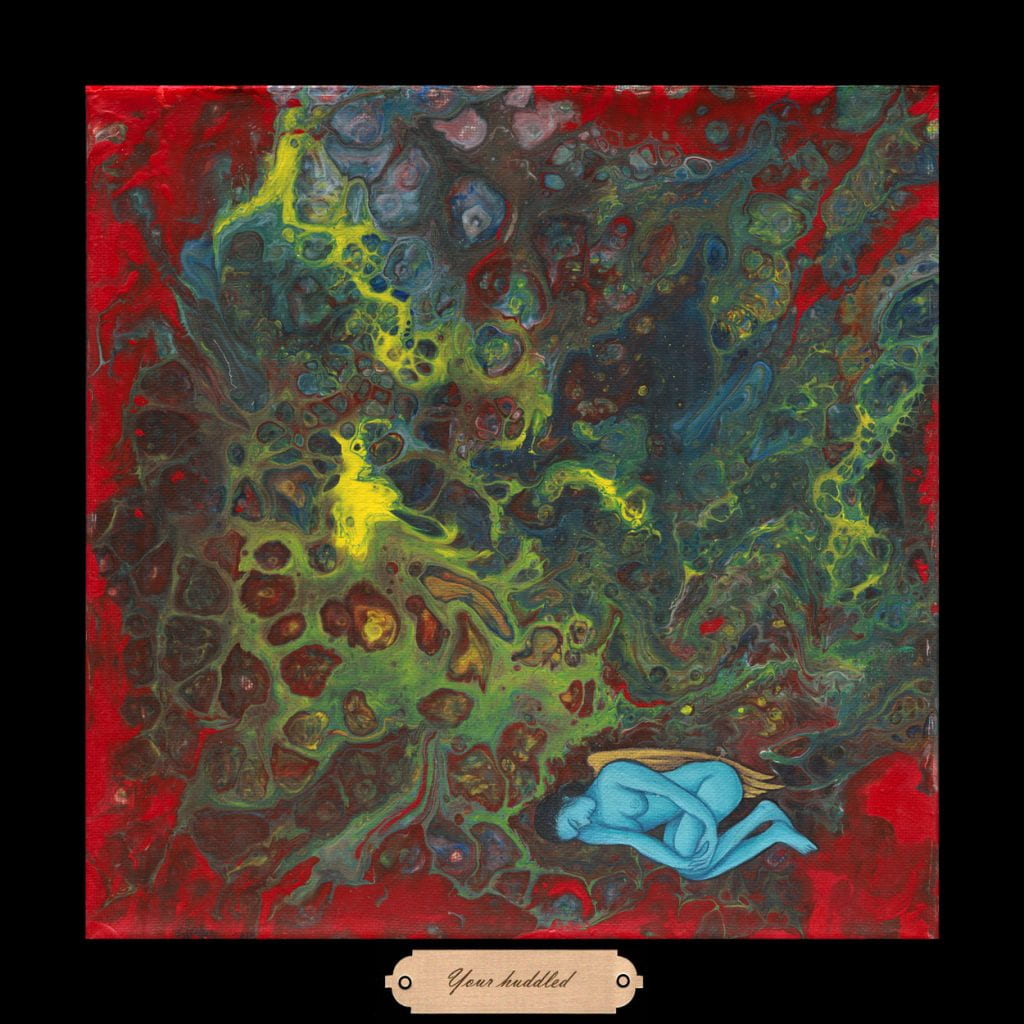
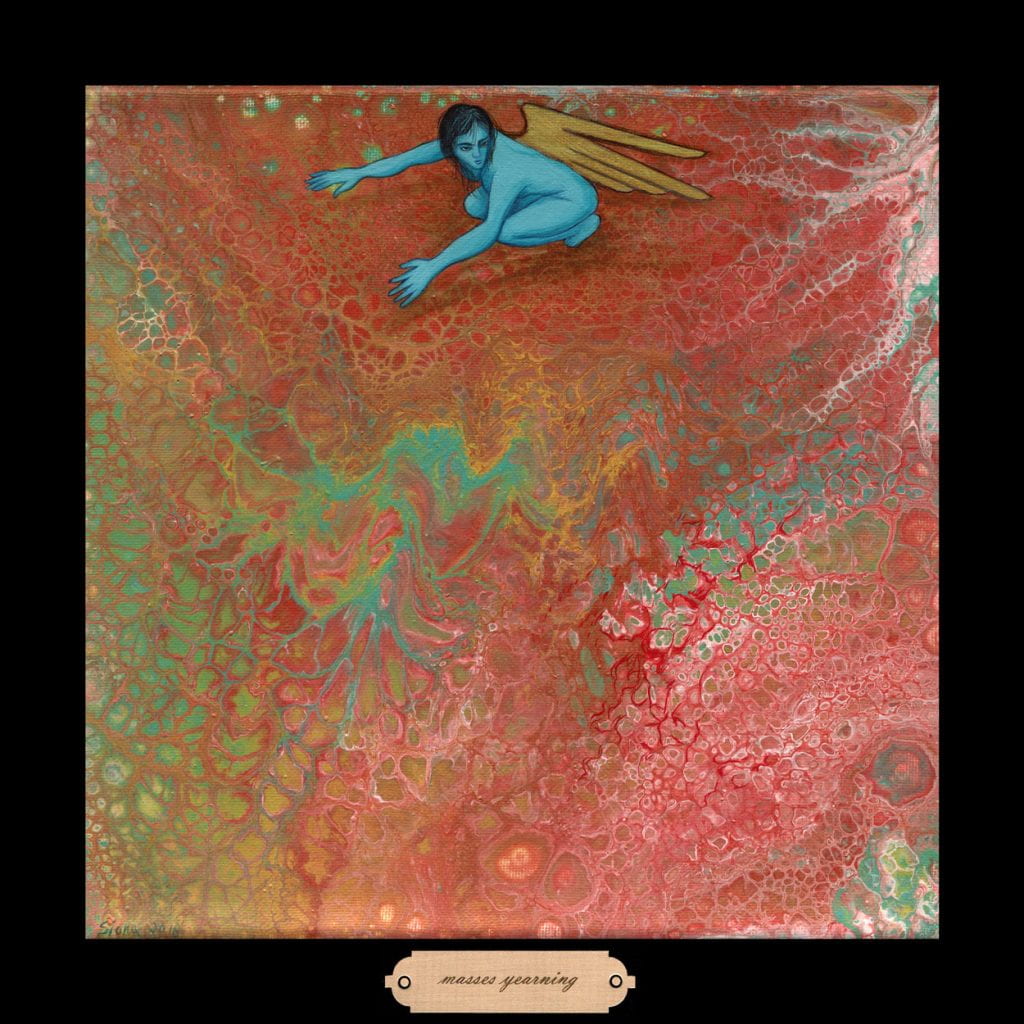
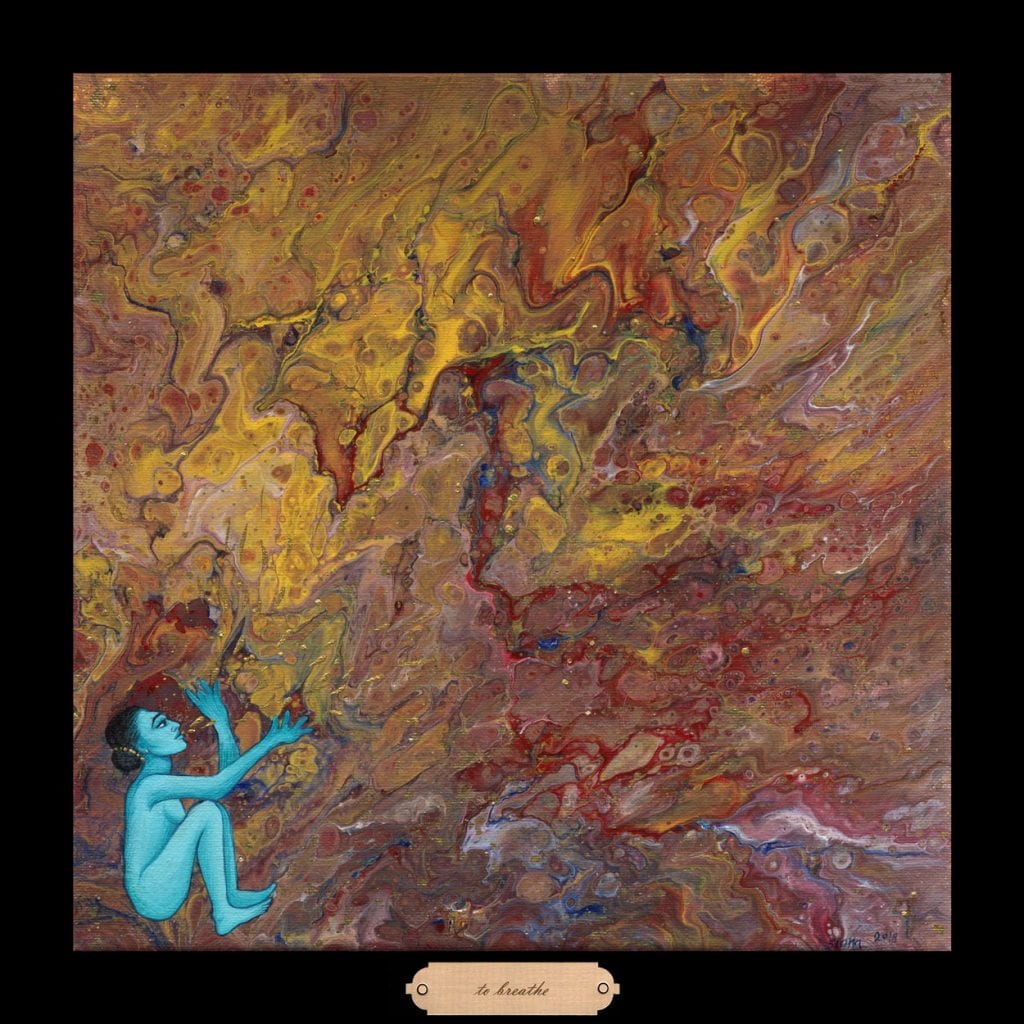
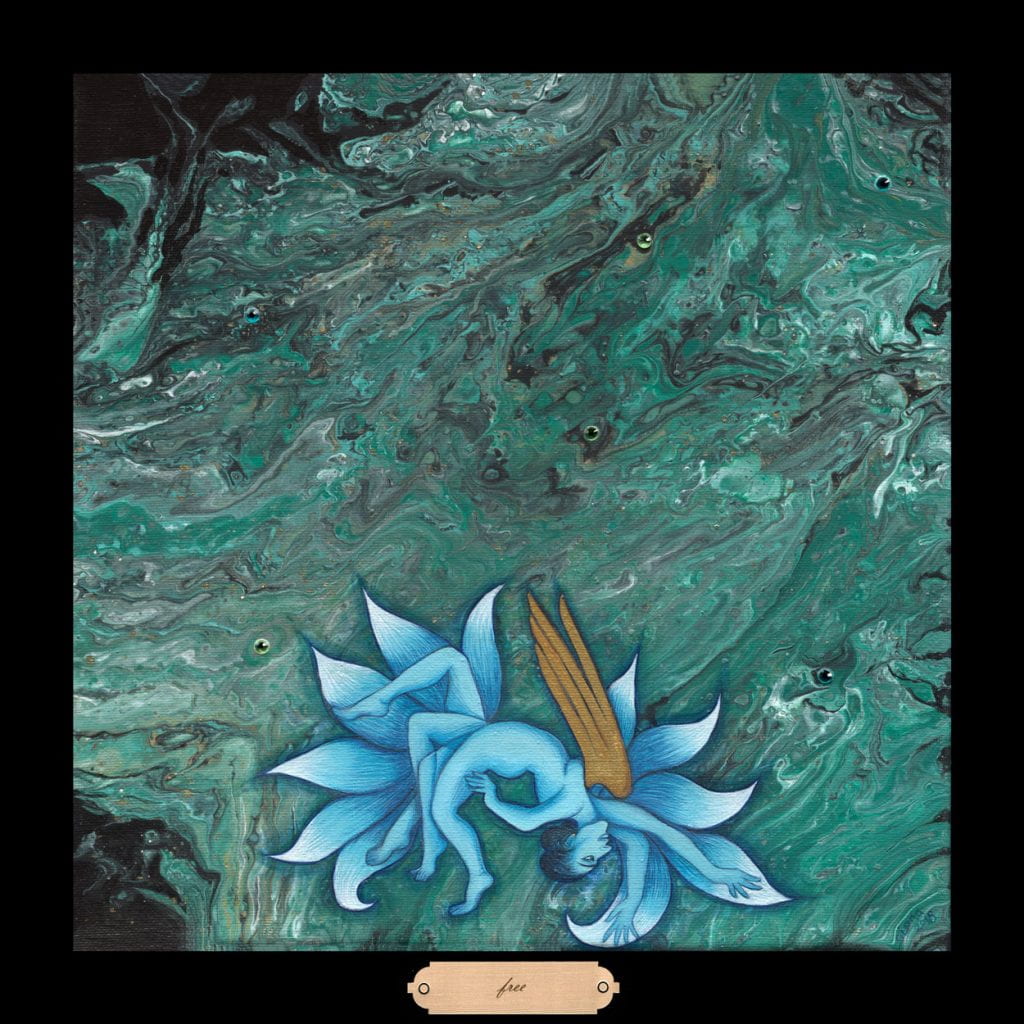
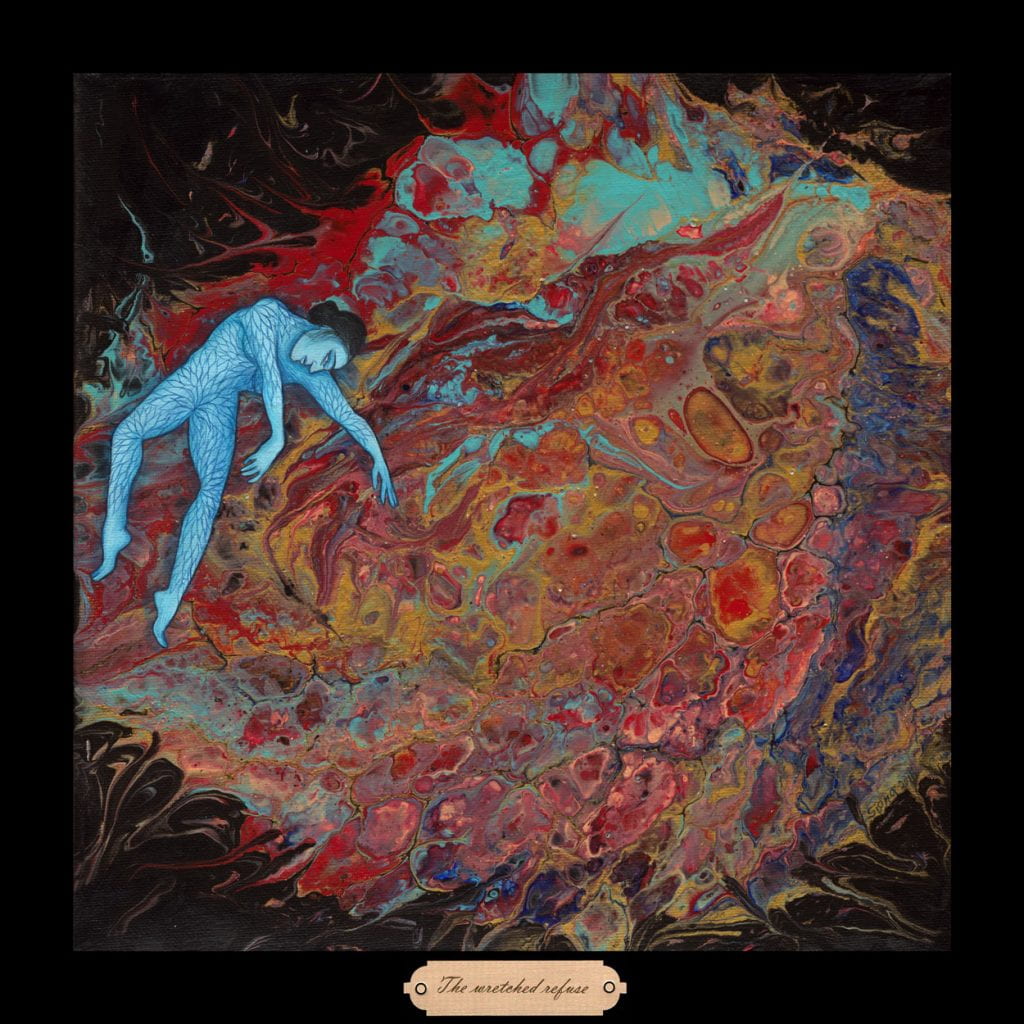
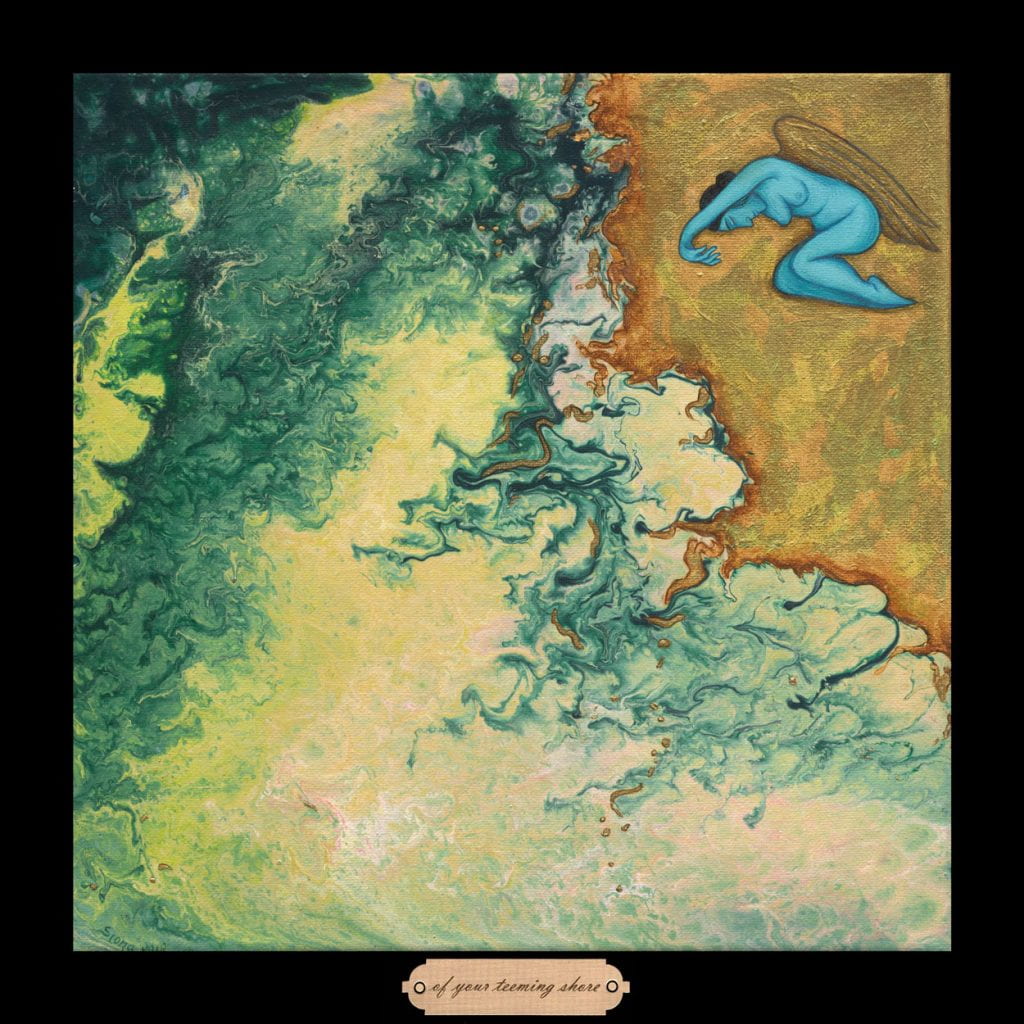
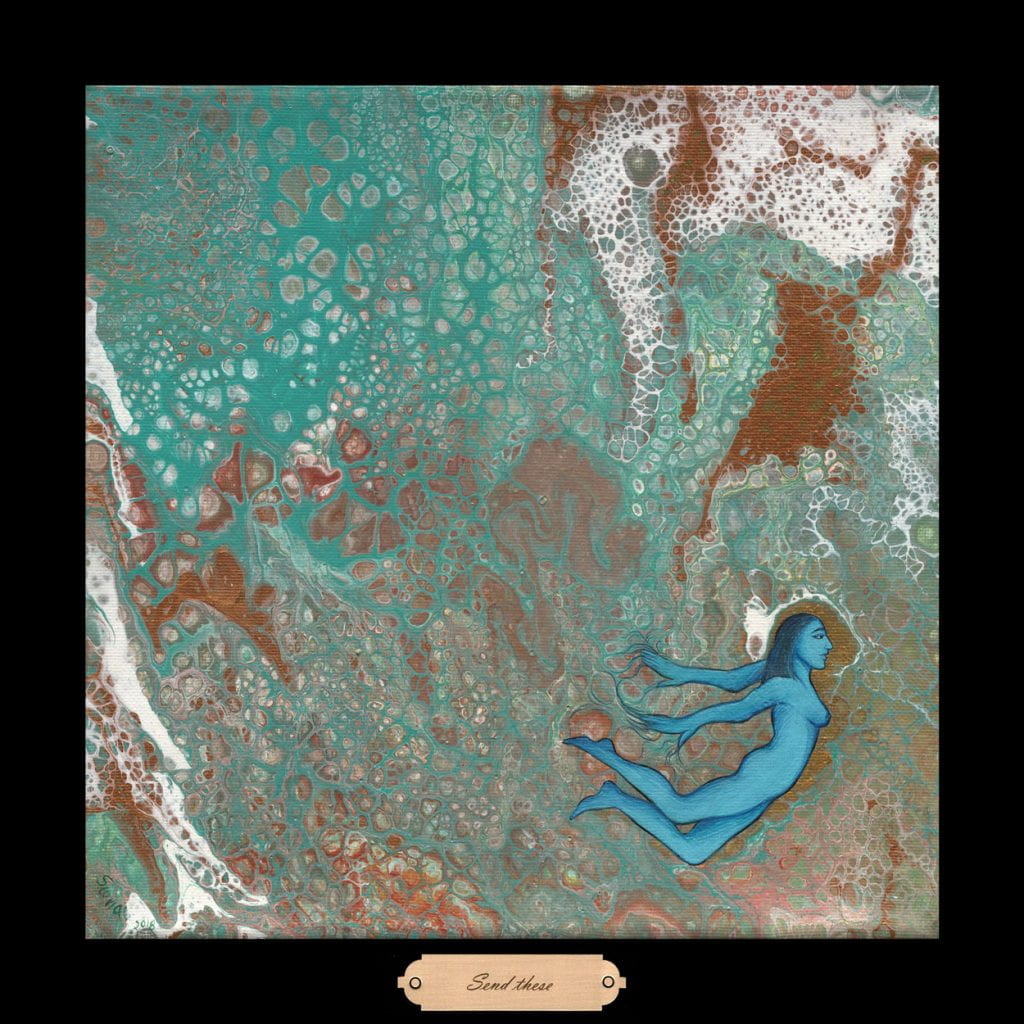
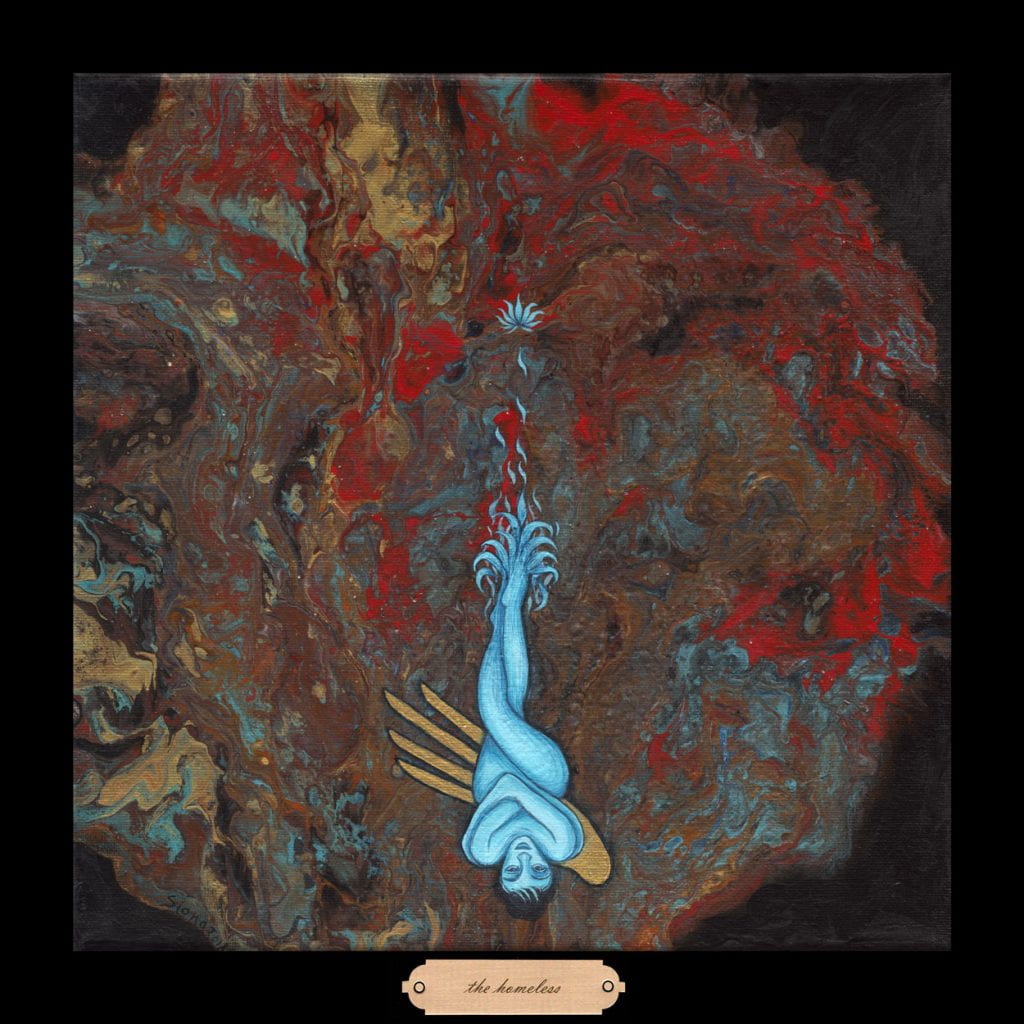
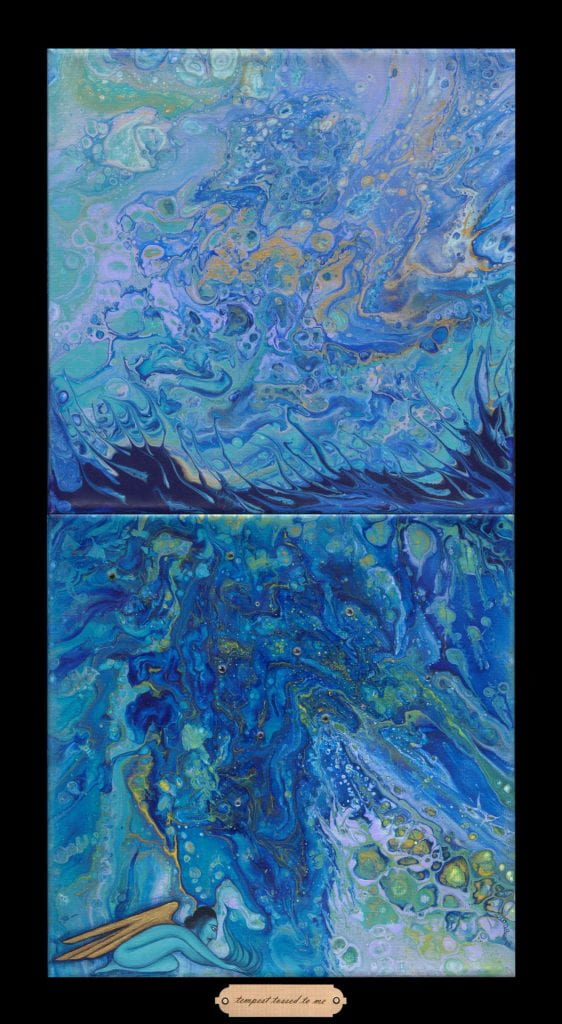
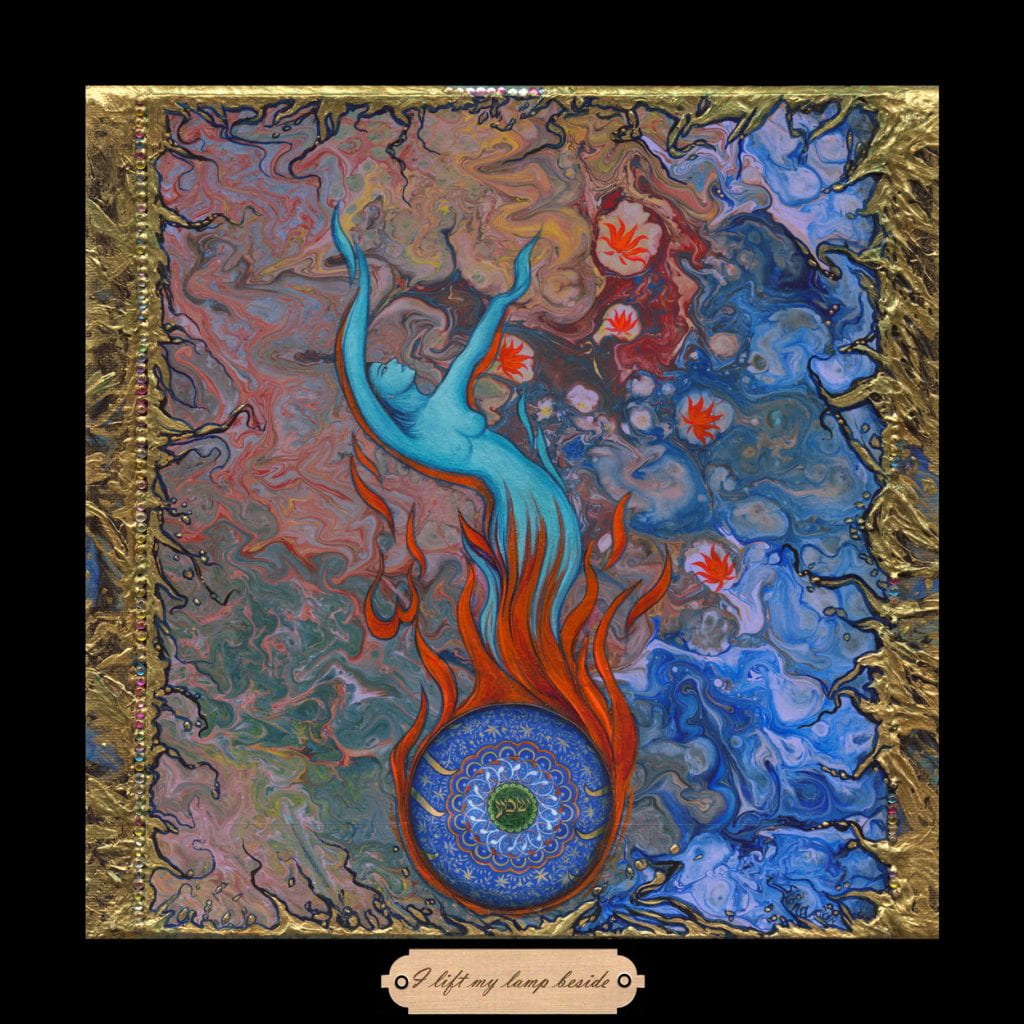
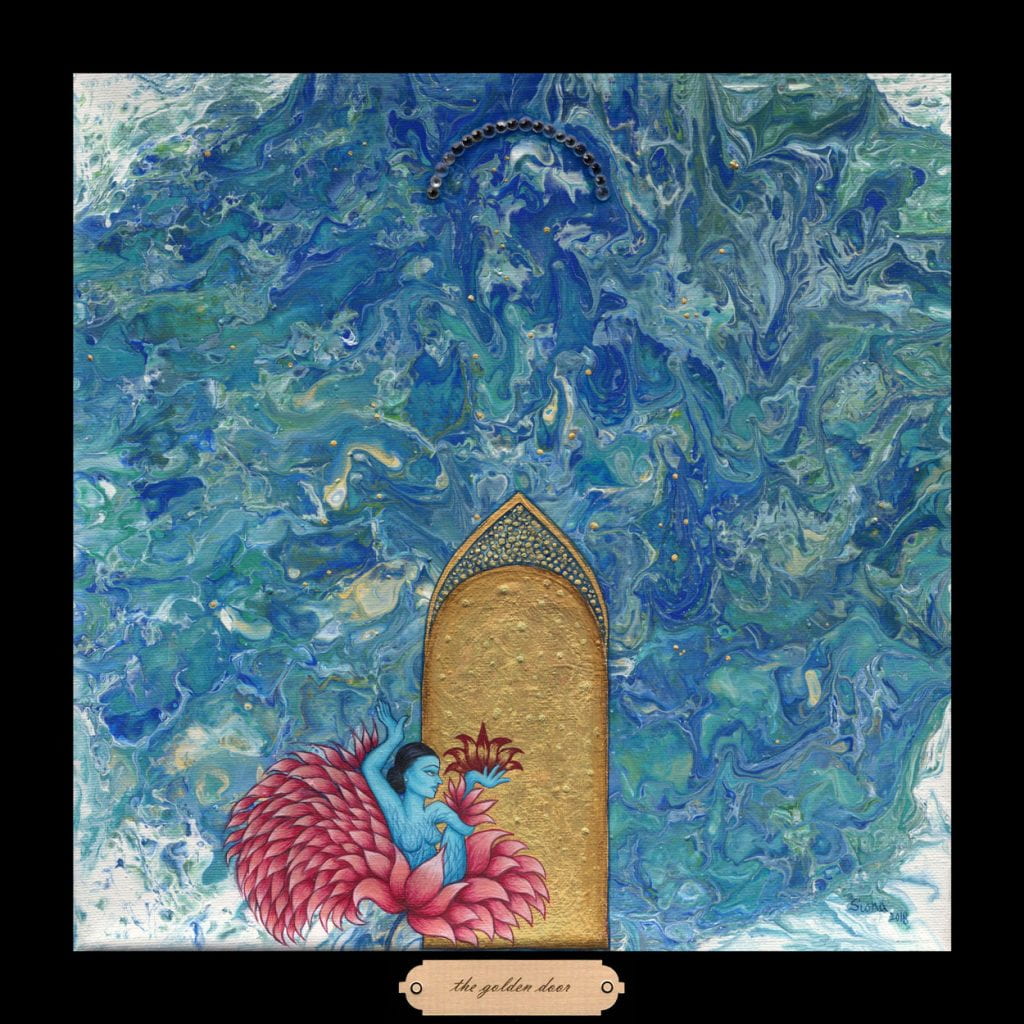
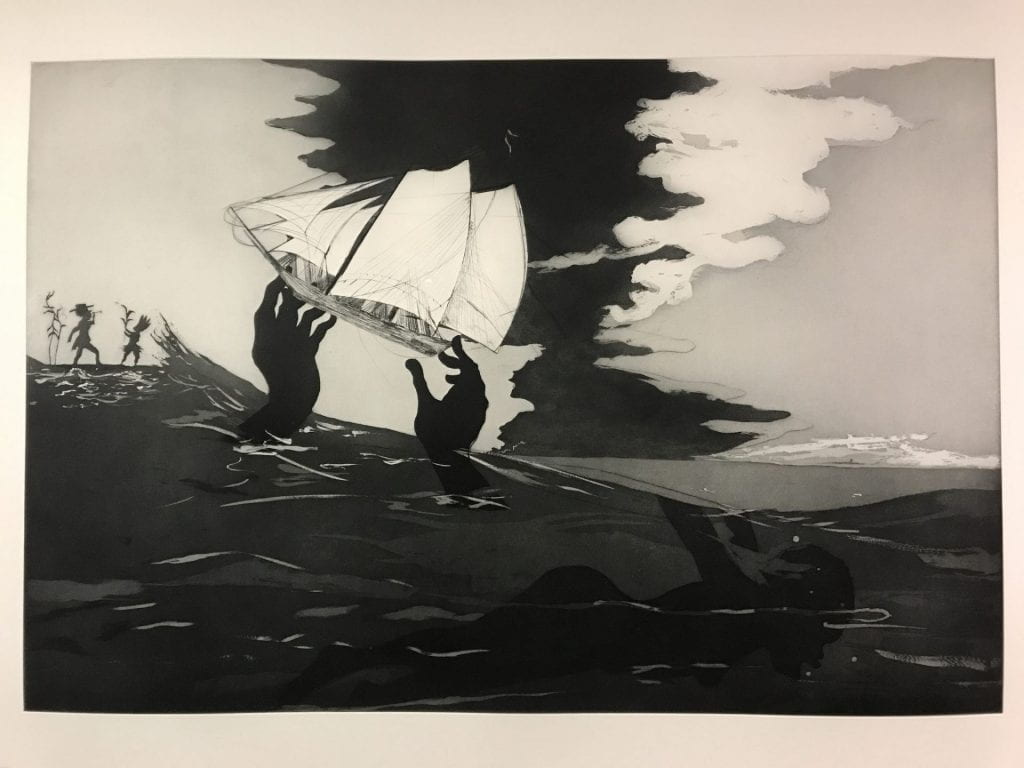
Transcript
“Give me your tired, your poor,
Your huddled masses yearning to breathe free,
The wretched refuse of your teeming shore.
Send these, the homeless, tempest-tost to me,
I lift my lamp beside the golden door!”
This inscription on the base is referring to the idea of the personification of the Statue of Liberty, or more accurately the personification of the United States. It is calling to the migrants who come here, telling them to come for freedom. It is asking that the poor, wretched foreigners who yearn for liberty to reach the golden door. This golden door is in reference to Ellis Island, as it is located in New York Harbor, not far from the Statue of Liberty. This was the main way people immigrated to the United States from 1892 to 1954. However, Benjamin is not just referring to these people in her work. When it was painted in 2018, the Syrian refugee crisis was in full effect as thousands left home, seeking refuge. Two particular pieces in this collection that really capture her main message are Liberty painting seven and Liberty painting fourteen.
Number seven has the inscription of just the word “free”. It depicts the blue woman shown in all of the paintings as a lotus flower, free and open just like the inscription reads. This is different from many of the other paintings in the collection because the woman is often seen in a neutral or a weaker position, signifying the pain and suffering migrants go through.
Number fourteen, the final one, shows an image of a physical golden door. The golden door is a physical representation of the idea that it would lead to a newer, brighter future, in this case, the United States. The woman in this painting is shown in a pink lotus flower, signifying the beauty and value she has to offer. Benjamin, in her work, strives to show that immigrants are not bad people, every single one has value.
The painting being compared from Kara Walker titled No World, and it is one about the African Diaspora. It depicts a slave ship in a raging ocean, leading to an unfamiliar land. The land has stalks, referencing crops as one figure who is clearly African is oppressed by what is a plantation overseer. The woman underneath the wave is a representation of the feeling of submersion and drowning, which often was a physical threat on this journey as well as a metaphorical one. This is an interesting comparison to Benjamin’s work. While her work in the Liberty series leaves the door open to the possibility of happiness or safety, this piece has a darker, sadder tone. There is no real hope. Siona Benjamin, especially in the seventh and fourteenth paintings in the collection display a woman in the shape of a flower. The woman is open and free. However, in other paintings in the collection such as painting numbers two four, nine and twelve, the woman is shown in a small, protective position, as if she is scared or in pain. This reflects the negatives of migration of how the United States can be just as unwelcoming with immigrants as it can be welcoming of other ones. An interesting part of this painting is the hands lifting it out of the water. It seems as if the hands can be interpreted either saving the ship from its destination, or delivering it. The hands seem to belong to the woman underwater so it could be assumed that the hands are trying to pull the ship away from the land, but seeing as there is no other land around, it may be the ship’s only option. Perhaps the woman is trying to condem or perhaps help the ship avoid her fate. This uncertainty could also be a reference to the uncertainty of the African diaspora.
Different authors have perspectives on this idea. Albert Raboteau, comments on how “these Africans were brought to slaveery in the mines, plantations, and households of the New World, they we’re torn away from the political, social, and cultural systems that had ordered their lives” (Raboteau, 4). Marcus Garvey talks about returning to Africa to reclaim culture. Alexander Crummell speaks about religion and how the use of Christianity can connect Africans. Kwame Anthony Appiah discusses Crummell and race and how language and culture translated to Africans in the new world.
All of these have a theme of returning or at least recognizing African heritage. This is something that is still translated through both Walker’s and Benjamin’s Work. The woman is always blue and maintains her body throughout, not appearing to change culture, and the depiction of the woman and her hands in Walker’s work shows that idea of the upholding or respect for the culture.
Overall Walker’s and Benjamin’s work connects over the idea that immigration is a tough thing, regardless of whether it leads to something positive or negative. There is hardship and that immigrants and people in diaspora should be invited and greeted warmly. Migrants deserve the same consideration as normal citizens do.
Sources
Work Cited
Appiah, Kwame Anthony. “In My Father’s House Africa in the Philosophy of Culture.” Oxford University Press. 1992, New York.
Baskind, Samantha. Dublin, Molly. Sippy, Shana. “Beyond Borders: The Art of Siona Benjamin.” Fereshteh Press. 2022
Benjamin, Siona. “Liberty Art Series: Libery Poem Art: The Art of Siona Benjamin.” The Art of Siona Benjamin., 6 Dec. 2020, https://artsiona.com/paintings/liberty-art-series/.
“No World.” Philadelphia Museum of Art, Philadelphia Museum of Art, https://philamuseum.org/collection/object/315502.
Raboteau, Albert J. “Slave Religion.” Oxford University Press. 1978.
Sernett, Milton. “African American Religious History: A Documentary Witness.” Duke University Press, 2000, Raleigh.
